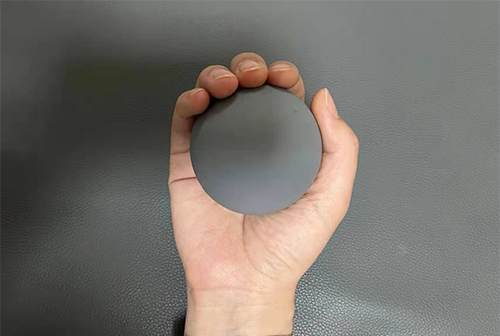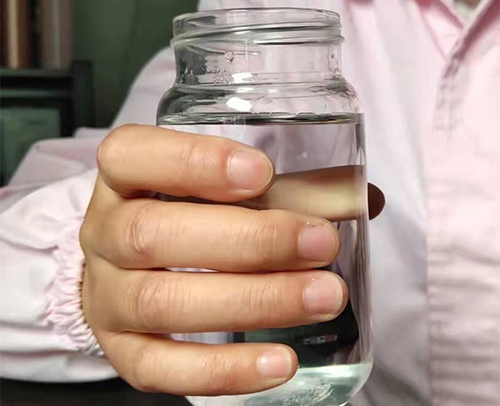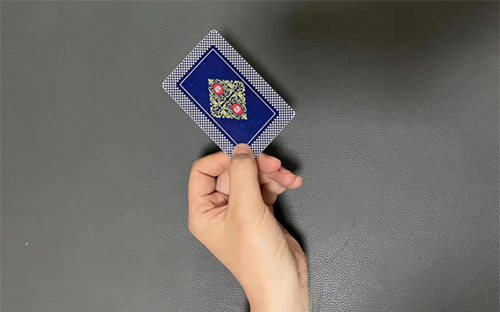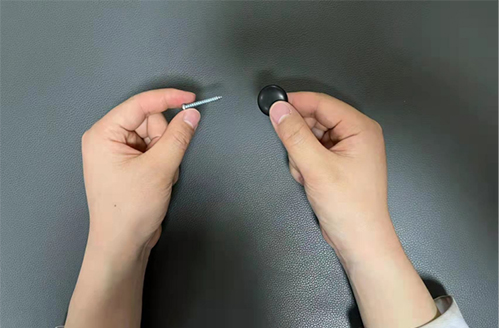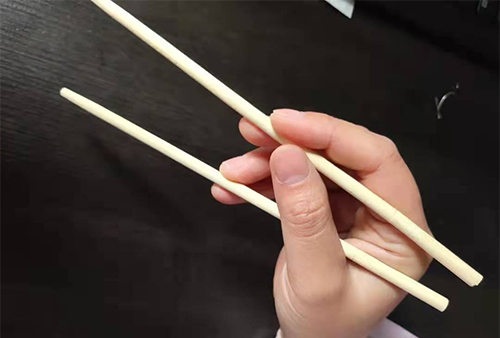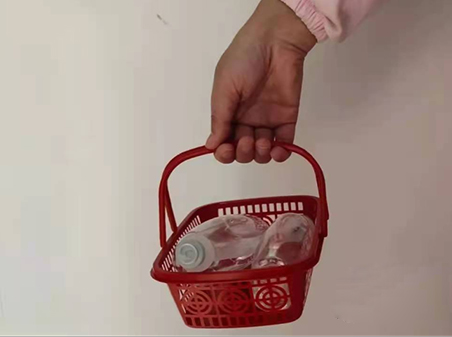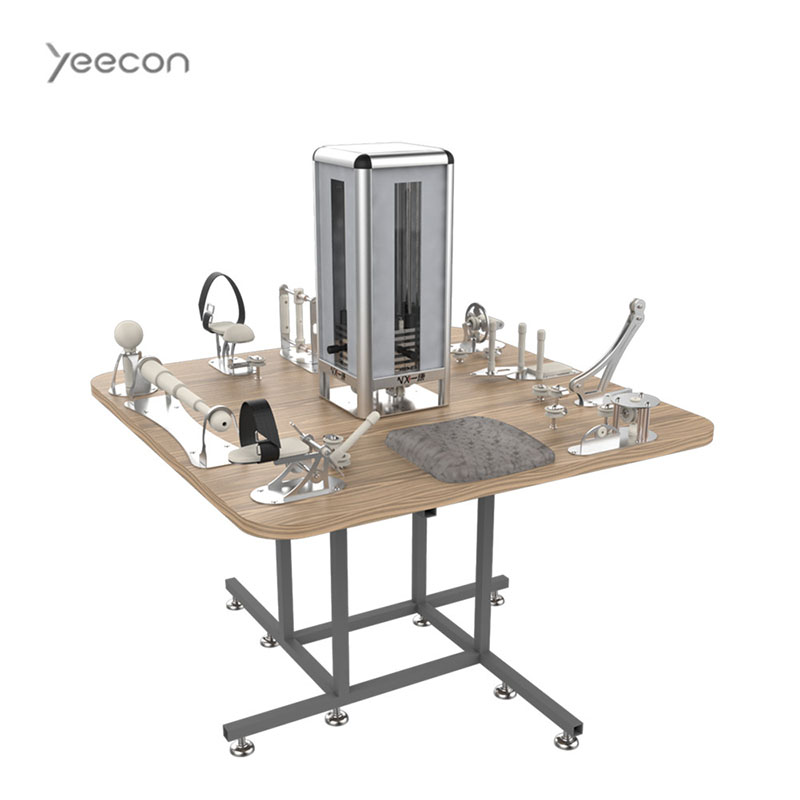Home hand rehabilitation is crucial for patients with conditions such as stroke, brain injury, and hand trauma. Here, I recommend several simple yet practical methods.
1. Ball Grip Training
Use a small elastic ball, such as a squeeze ball, and slowly grip it tightly for 10 seconds, then relax for 2 seconds. Repeat this 8–10 times as one set. This training is suitable for patients with limited hand flexion and extension and weak finger muscles. It primarily strengthens grip strength and exercises hand flexor muscles. In daily life, you can practice by holding objects like apples and steamed buns.
2. Stick Grip Training
Hold a thin or elastic stick, such as a banana, with your hand and grip it tightly for 10 seconds, then relax for 2 seconds. Repeat this 8–10 times as one set. This training is suitable for patients with restricted motion in the metacarpophalangeal joints and weak finger muscles. It primarily enhances grip strength and palmar function. In daily life, you can practice by holding objects like brooms, mops, and doorknobs.
3. Cylindrical Grasp Training
Place a cylindrical object on a table, grip it, and lift it from the tabletop. Repeat this action of picking up and putting down as one repetition. In daily life, you can practice by holding a water cup. This training is suitable for patients with poor grasp function. It mainly strengthens hand flexors and intrinsic muscles.
4. Lateral Pinch Training
Place a stiff piece of paper on a table, pinch it from the side, and then release. Repeat this 8–10 times as one set. In daily life, you can practice pinching business cards, keys, or turning locks. This training is suitable for patients with weak finger muscles and poor finger function. It primarily enhances the strength of intrinsic hand muscles.
5. Tip-Pinch Training
Place a small object, such as a toothpick, needle, or bean, on a table. Pinch it from the tabletop and then release. Repeat this 10–20 times as one set. This training is suitable for patients with poor finger-to-finger coordination. It mainly strengthens fine hand movements. If your fine motor skills are initially poor, you can start with larger objects for tip-pinch exercises and gradually progress to smaller ones.
6. Finger Grip Training
Hold a pen or chopsticks correctly, using the distal pads of the thumb and index finger. Practice writing or using chopsticks. This training is suitable for patients with limited wrist rotation and poor finger coordination. It primarily enhances finger flexibility and coordination.
7. Object Lifting Training
Bend the four fingers of your hand (excluding the thumb) into a hook shape and lift objects such as water bottles, backpacks, plastic bags, or small baskets (you can add weight if necessary). Repeat the action of picking up and putting down as one repetition. This training is suitable for patients with weak interphalangeal joint muscles. In daily life, you can practice lifting backpacks, water bottles, or drawers.
It is important to note the following during the training:
- Progress gradually and avoid overloading. Increase training intensity from low to high, exercise duration from short to long, and complexity of movements from easy to difficult.
- Reduce the number and duration of rest periods and increase the frequency of therapy sessions.
- Start with simpler exercises and gradually advance to more complex ones.
- Pay attention to physiological and psychological adaptation during the training process, with the ultimate goal of achieving rehabilitation.
*As every patient’s condition is different, seek medical attention promptly if any abnormalities occur.
Here is medical hand functional rehabilitation equipment: 12 Modes of Hand Functional Rehabilitation Training Table
Post time: Feb-22-2024







